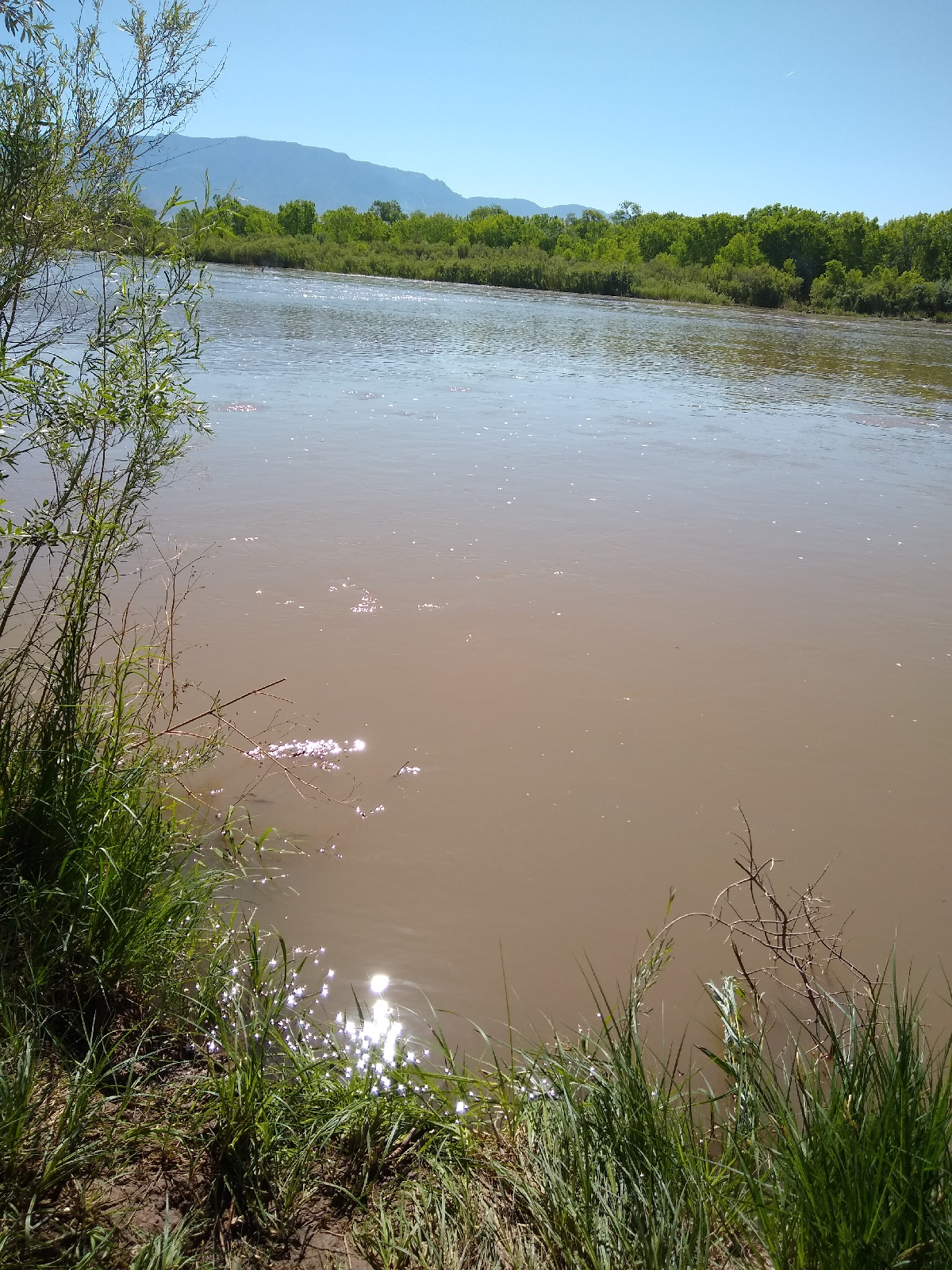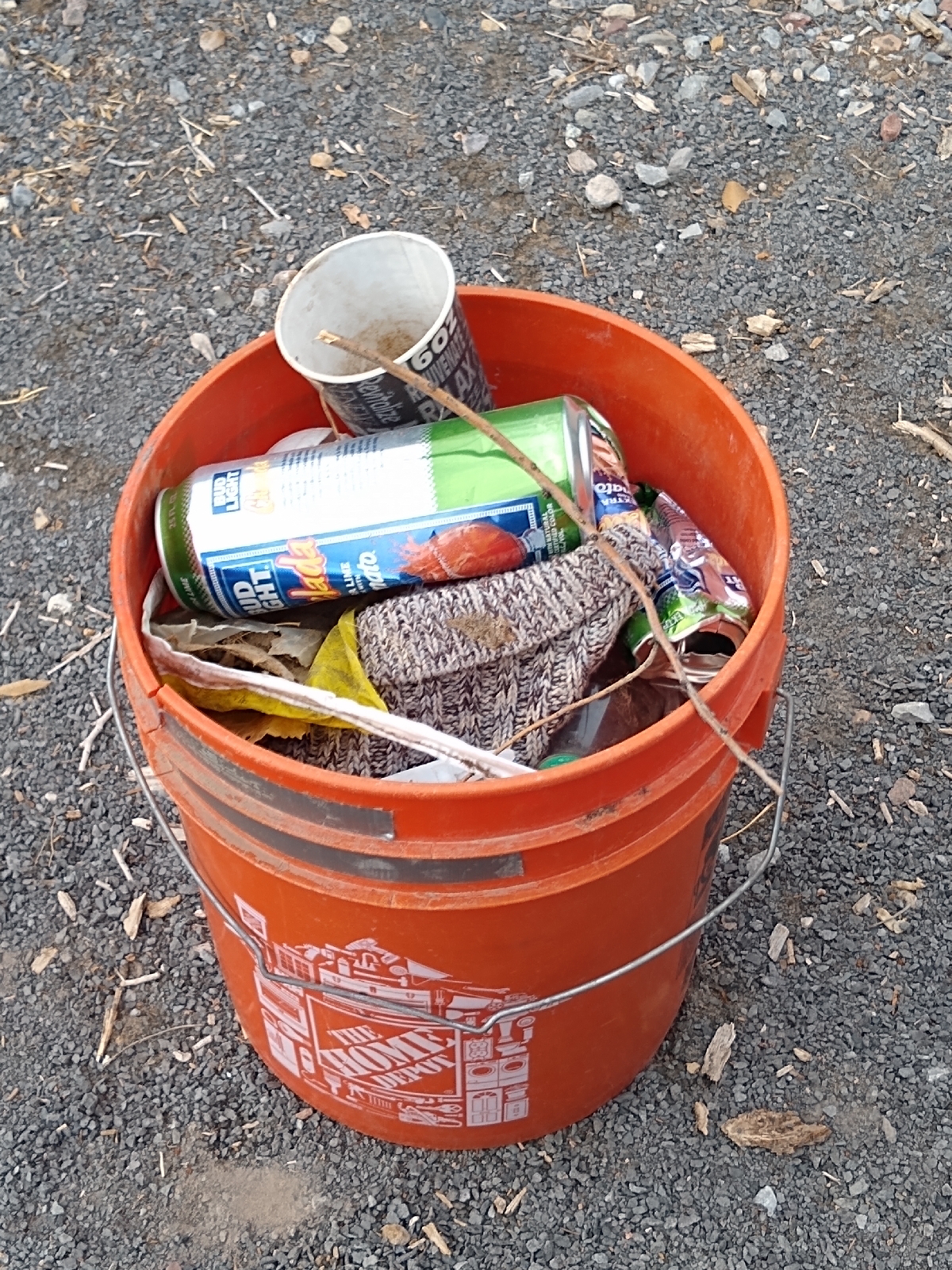How do we know when we know enough? Most people are content to know a little about nature. Even if they know some facts are just wrong, it doesn't matter enough to bother learning the real facts. But sometimes, what we don't know can affect us very deeply, and once it's gone, it is too late to find out what it was we did not know, like the dodo and the passenger pigeons. Extinction is permanent, unfortunately. Everyone knows Corrales is changing quickly, and most people agree the changes are not for the better, yet it continues.
These sunfish are currently in the ditches. I guess they have always been here, but I suspect they also have migrated in from wherever the ditch waters out of the siphon come from.
This species needs a clear, gravelly bottom to lay eggs. The new eggs would be smothered by silt and mud, so the males clear an area by wafting water over the silt until there is a bowl shaped depression in the bottom. Eventually, the floor is covered in these hexagonal depressions, then the brightly colored males fight for dominance and simultaneously entice females to lay their eggs in the hollow to be fertilized. Many people can see them from the bank and try to fish for the males, but these fish are not interested in eating. Mating is exhausting and serious business for them.
This vulture is not showing the classic white stripes under the wings, but I am assured that is what this bird is. Many creatures seem not to have read the rulebooks humans have written for them. There is always plenty of food in the bosque for this pack of vultures. The ravens are more specialized to handle the roadkill of the desert roads.
This picture is hard to see, but shows a female bird on the right encouraging a fledgling on the left that is fluttering madly trying to keep it's balance on a branch after making a maiden flight across the ditch. There will be many baby birds that do not master this vital skill. This family is likely to be okay this year.
A birder identified this as a 2 year old male summer tanager. For some reason, these tanagers seem to attract pestering from the hummingbirds. They have a pretty impressively thick bill
The snowy egrets are pretty big birds. They have a cool bill. Not as big as the herons, but pretty cool to see them using these slim, delicate tools in action. They have great concentration.
This egret is looking for stunned fish coming out of a ditch drain into the clear ditch. I have been noticing a lot of sunfish recently, those would make a decent meal for a lucky bird.
Looking closer, you can see their yellow feet. I don't know why so many waterbirds have flashy colored feet. Some seabirds have red and blue feet (genus Sula, also known as boobies). Many birds have yellow feet, mallards have orange feet. Crested penguins have pink feet.
the water levels passing through Albuquerque sections of the Rio Grande are awesomely high. Which is unusual in the severe drought that exists in the Southwest. The levels of water in the river for this section are completely human controlled and managed for the benefit of many interests. Is is interesting to speculate how things would change if people living in the city could see the river drying up in their backyards...
Bird parents need to gather a lot of food until their fledglings can hunt for themselves. Along with the many insects, there are many fruits on trees that are beginning to come out. Some of the earliest are the mulberries. Here is the more common red mulberry, there are also white mulberries around. These trees are the favorite food of silkworms.
Many of the birds in the bosque have plenty of food choices right now. many birds like the mulberry fruits. The seeds get to be scattered far and wide in their droppings. Squirrels also eat many fruits, but the more efficient digestive system and grinding teeth of mammals usually means the seeds will not survive digestions to germinate.
There are many cultivated flowers, like these red hot pokers that are used by gardeners to attract pollinators to a garden, especially hummingbirds.
Wild flowers can have more nectar, but often are much smaller. They make up for this by being more abundant. These clover flowers are tiny, but seem to be much appreciated by bumble bees.
High in the canopy of the largest elms, there is a lot of activity going on among the insects. These caterpillars are tiny right now, but they will rapidly grow in size during the summer. Many are dropping out of the foliage right now. Soon there will be frass as they devour bushels of tree leaves in a huge army of caterpillars, each one wearing their own silken sleeping bag.
the other common insect is the ladybird nymphs like this one. Aphids are usually found on young shoots, but the ladybirds seem to be hatching high in the canopy. So there is a lot of traveling for a small insect.
This warrior ground beetle eats a lot of pest insects like bagworms and moths. They are often found close to the grounds of the local farm (ARCA).
Most of the local lizards have not yet figured out how to deal with the irrigation ditches, so I was glad to see the lateral ditch being dry this week. These whiptails often try to swim across water stretches when they when startled. They usually swim strongly, but have trouble getting out at the other end. Often they need to be warmed back up in the hand before they should be released. They appear to appreciate the chance to rest.
There are many plants growing up on the mesa (westside) among all the new houses being build. Most are waiting for the monsoons to bring their beautiful and delicate flowers out. I had not realized until I started looking, how many species of ephedra there are. With a little practice it is easy to pick out their pale green, thick stems. But the species all look different
At the Alameda bridge, the Nothwest west parking lot is heavily used, but this also means it suffers from a lot of trash. I don't know who else picks up all that discarded trash, but I picked up 5 gallons in five minutes....then put it in the dumpster there. Seemed easy, but never seems to happen.





















😊 nice photos and description. respect and admiration for the Nature needs to be taught from childhood and parents play a big part in it. Hope the parents are good role models. The school district can also hold tours in such areas when in person classes start. Being outside with Nature will definitely bring awareness
ReplyDeleteAlexander, do you give tours???
ReplyDeleteInteresting idea. I am always happy to share what I know if you find me in the Bosque!
ReplyDelete